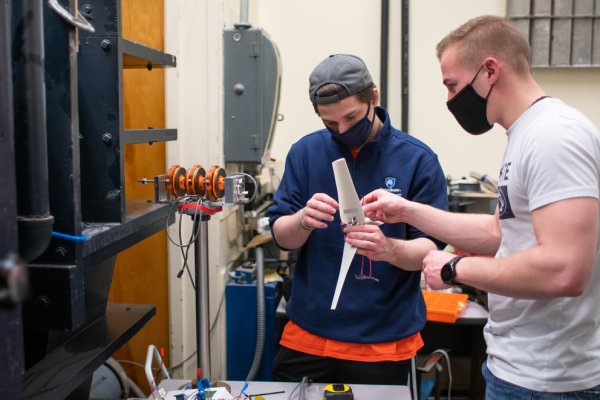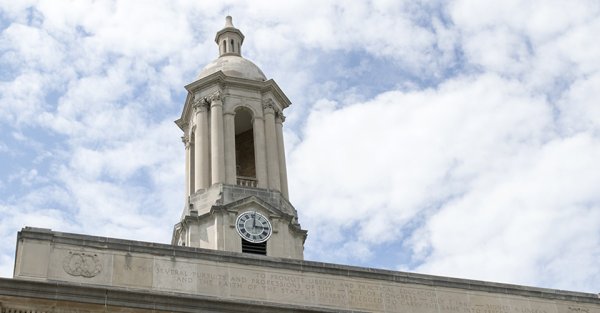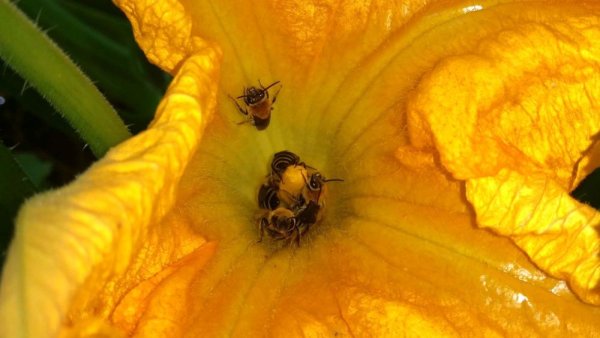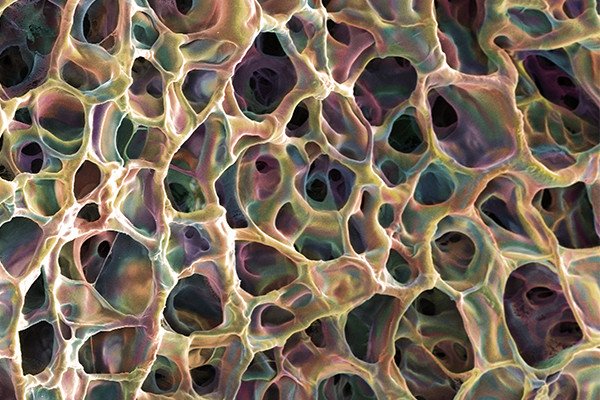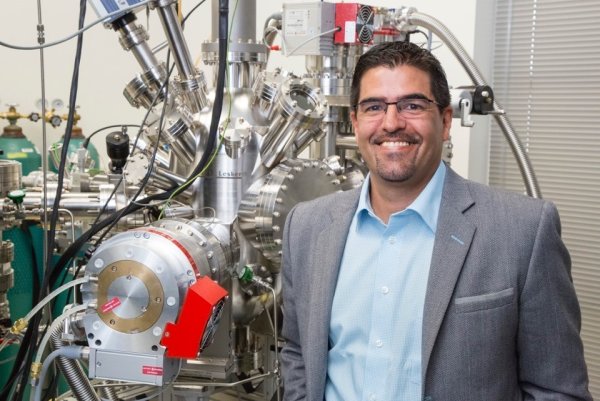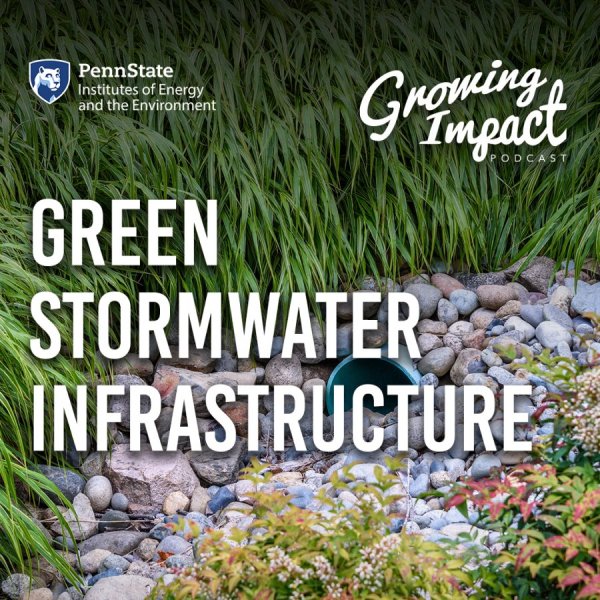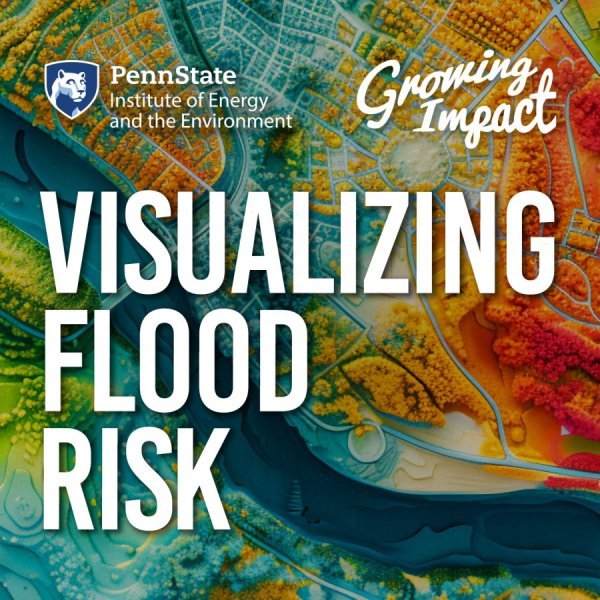Wind Energy Club prepares to compete in Collegiate Wind Competition
| news.psu.edu
The award-winning Wind Energy Club, a group of 22 Penn State undergraduates, is preparing to compete in the United States Department of Energy's Collegiate Wind Competition in June. This year, the team is researching, designing and building a wind turbine for deployment in “highly uncertain times, with a large degree of unknown risks and delays,” matching the competition's theme of adaptability.
Climate dynamics seminar to discuss university role in combating climate change
| news.psu.edu
Erica Smithwick, distinguished professor of geography at Penn State, will discuss a vision for a university-wide climate consortium and Penn State’s role in combating climate change during a seminar on April 21.
EarthTalks: Sir Dieter Helm to discuss carbon pricing as tool to reach net zero
| news.psu.edu
Sir Dieter Helm, professor of economic policy at the University of Oxford and Fellow in economics at New College, Oxford, will discuss the need for a carbon price as a means of lowering emissions, at a talk on April 19 via Zoom.
Graduate student excellence celebrated at virtual awards ceremony
| psu.edu
Graduate student award recipients were celebrated during the annual Graduate Student Recognition Ceremony where 10 awards to more than 30 graduate students in recognition of outstanding achievement.
Entomologist to examine how plant domestication influences pollinator evolution
| psu.edu
A grant of nearly $1.4 million from the National Science Foundation will support Margarita López-Uribe, an entomologist in Penn State's College of Agricultural Sciences, in a study examining the influence of plant domestication on the ecology and evolution of wild pollinator species in agricultural landscapes.
Architectural engineering professor receives grant for color science course
| psu.edu
Dorukalp “Alp” Durmus, assistant professor of architectural engineering in the Penn State College of Engineering, received a $30,000 grant from the Nuckolls Fund for Lighting Education to establish a new color science course, “Color Science for Architecture, Design and Engineering.”
Virtual symposium to reflect on past and future of polymer science
| news.psu.edu
A two-day virtual symposium featuring speakers from academia and industry will be held from 1 to 6 p.m. on April 14 and 15, and will discuss the past and future of polymer sciences. The symposium is free and open to the public via Zoom.
EarthTalks: Head of nuclear engineering looks to stars for clean energy
| news.psu.edu
Jean Paul Allain, professor of nuclear engineering and head of the Ken and Mary Alice Lindquist Department of Nuclear Engineering at Penn State, will discuss the recent progress made in nuclear fusion, emerging technologies and the remaining challenges to realizing energy generation from a star here on Earth at 4 p.m. Monday, April 12.
Penn State researchers looking for insights through wild trout coloring
| pennlive.com
Anglers invited to provide citizen science input by photographing their fish.
Growing Impact: Green stormwater infrastructure
| Featuring Lauren McPhillips
Green stormwater infrastructure uses the power of plants and soils to improve water quality. More than that, Lauren McPhillips discusses how making stormwater infrastructure green is saving cities money, impacting environmental justice, and cooling urban heat islands with aesthetically pleasing gardens.
EarthTalks: Author David Victor to discuss making climate policy work
| news.psu.edu
David Victor, professor of industrial organization and innovation and co-director of the Deep Decarbonization Initiative at the University of California San Diego, will discuss the choices and technology available to make climate policy work at the next EarthTalks at 4 p.m. Monday, April 5.
Lanternfly's attraction to vertical silhouettes could help monitor, trap it
| psu.edu
Like moths to a flame, spotted lanternflies are visually drawn toward and seemingly captivated by vertical objects such as utility poles, a behavior that could be valuable in predicting where the pests might be heading, according to entomologists in Penn State’s College of Agricultural Sciences.

